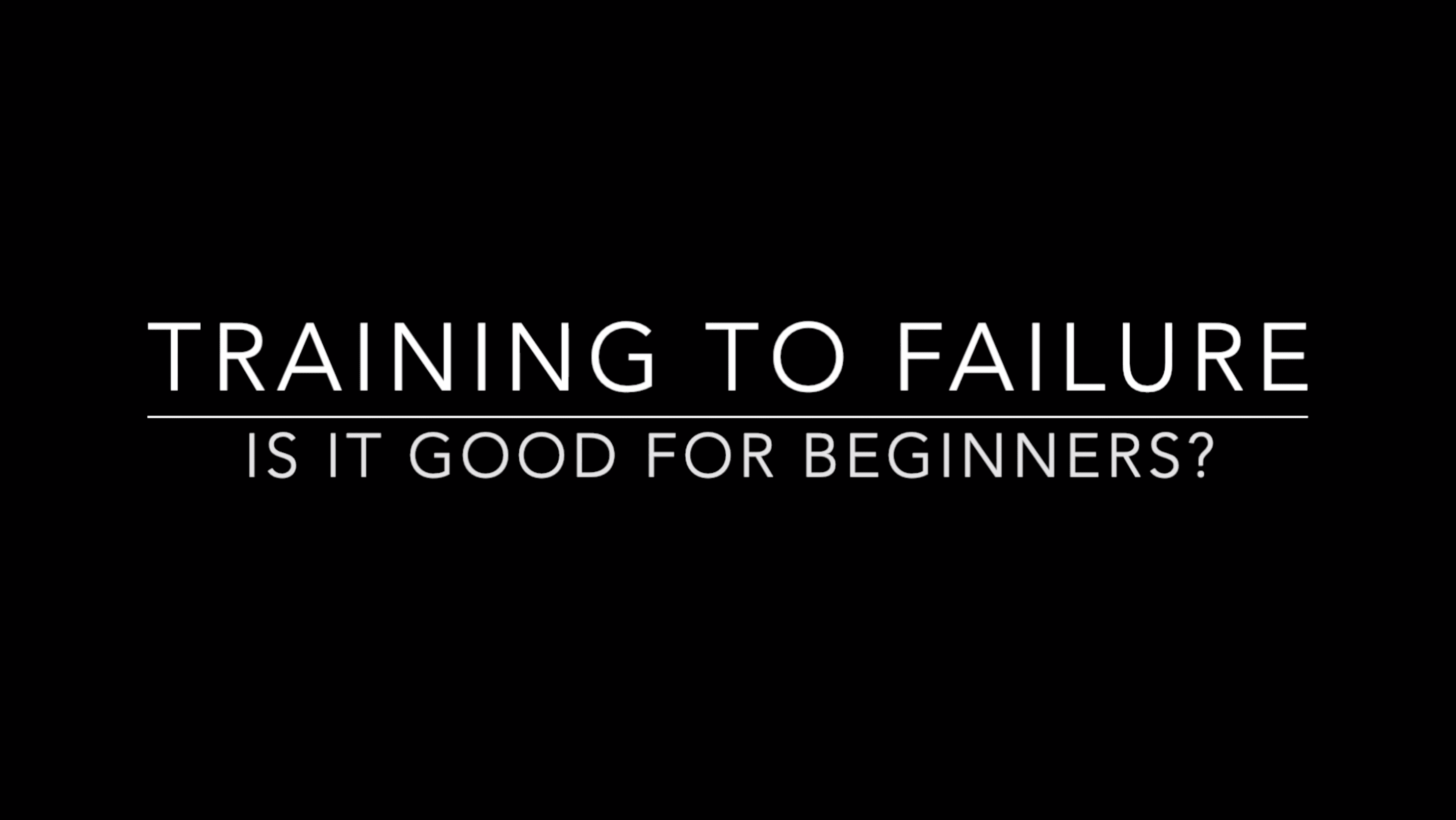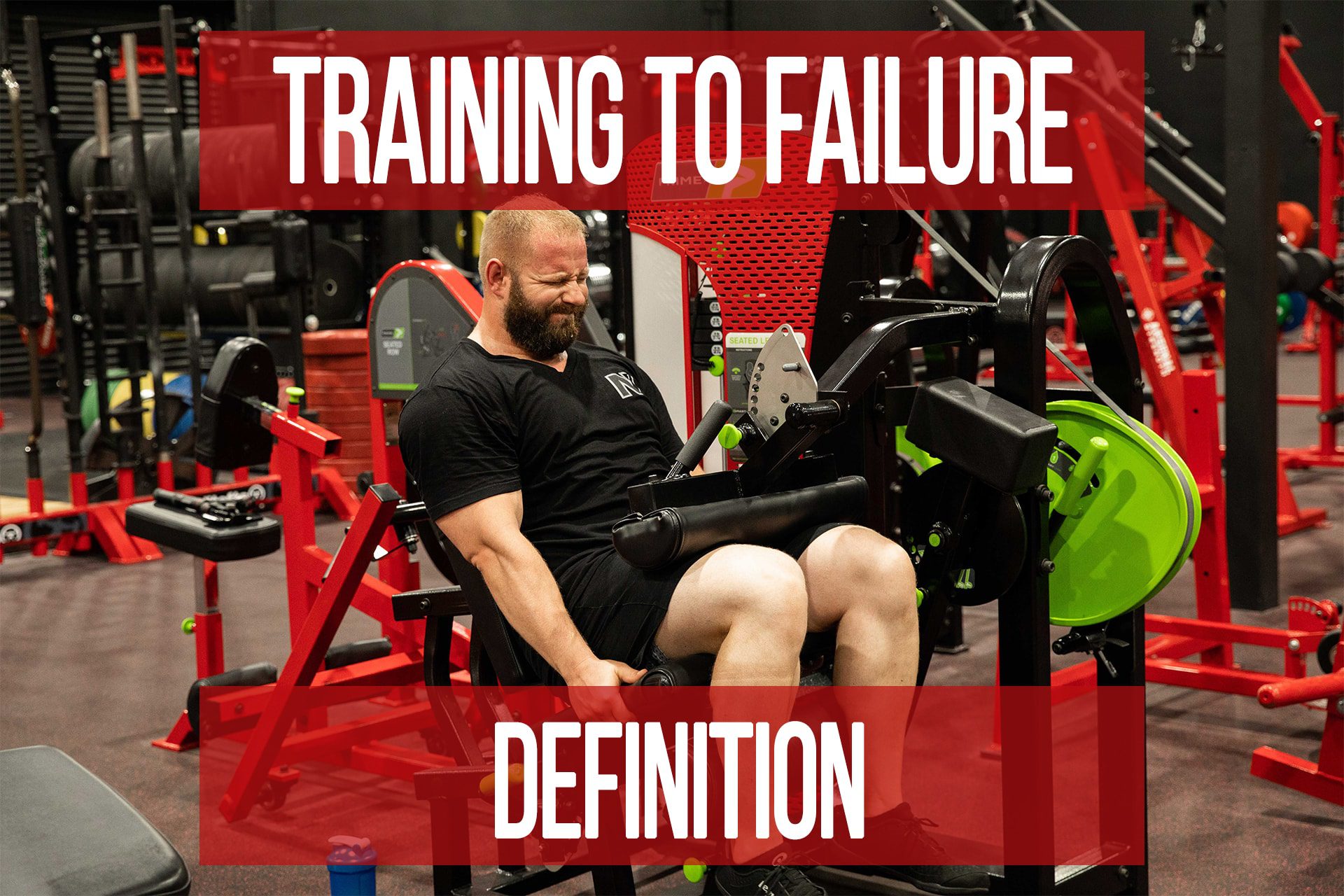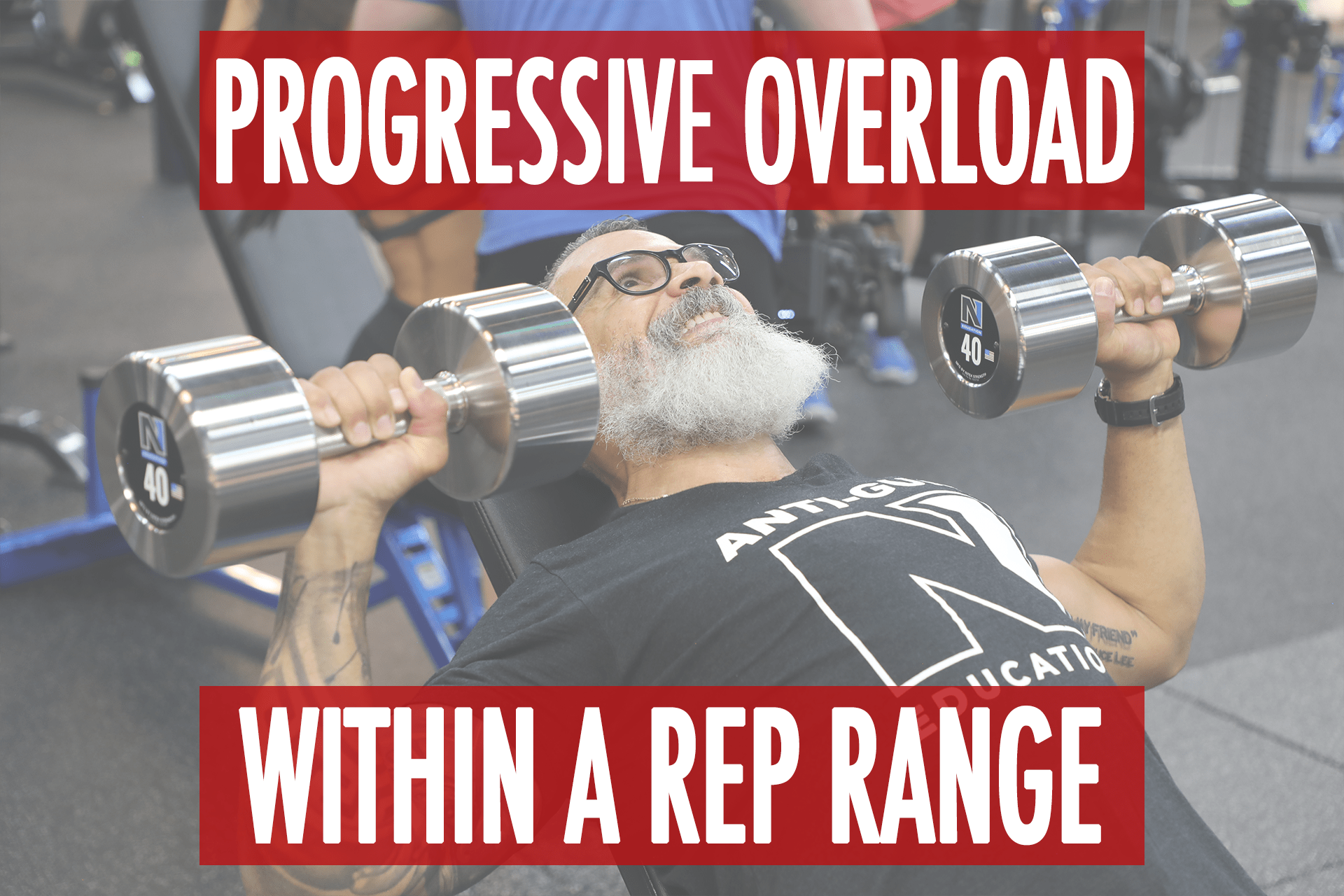Effort Estimation: RPE vs RIR
n1 training
Both of the metrics below are to help you accomplish the desired level of effort in a given set. Using the RPE/RIR scales on your workout card, combined with the other workout variables (sets, tempo, rest), will help you select appropriate loads for each exercise and set.
RPE: Rate (or Relative) Perceived Exertion
This is represented with a 1-10 scale where 10 is the most effort you can physically achieve. It can also be viewed as a % of effort (8 RPE = 80% effort). The main goal of this system is to help you adjust the effort from one set relative to another. A “work set” would typically fall between 7-10 RPE in most cases. This system is easily applied across rep ranges but is also the most subjective.
There are two ways to view RPE:
- 10 = executional task failure. You cannot perform another rep without significant execution breakdown.
- 10 = maximum effort for the target tissue.
In most exercises, both of these will occur at the same time. However, if stabilizers or synergist muscles become a limiting factor before the target tissue, you may reach task failure before the target tissue has been taken to its limit for the set. An example of this would be if your low back fatigues in a straight-leg deadlift before your hamstrings reach max effort in the set. Or, if you are no longer able to coordinate balancing the DBs in a chest or shoulder press before your chest or delts hit failure.
RIR: Reps In Reserve
RIR is as simple as it sounds. It indicates how many reps short of task failure you should stop your set. A “0” RIR would indicate going to failure. A “work set” would typically fall <5 RIR for most stimuli.
Comparison: In a higher rep range RIR can be more precise than RPE. Conversely, in lower rep ranges, RIR has a little more flexibility in weight selection than RPE.
For example, 1 RIR at 4 reps could be anywhere between 8-9.9 RPE. Which would mean you could use multiple loads at the same RIR. Advanced individuals who are very in-tune with their effort levels will even get into decimals for RPE in some cases to account for this discrepancy where fine-tuning their loads matters more. Such as someone focused on strength progressions in a longer mesocycle where quantitative progressions (reps/load) may be minimal from week to week. This also requires meticulous tracking and elevated self-awareness.
For most people though, trying to determine whether a set was 8.2 or 8.5 RPE may be overkill as long as they are consistently executing their workouts, aiming for basic progressive overload, and successfully progressing in performance and target metrics (circumferences, body weight, etc).
Examples:
RPE to RIR
6 Reps @ 6 RPE = 4 RIR 12 reps @ 6 RPE = 8 RIR
4 Reps @ 8 RPE = 1 RIR 8 Reps @ 8 RPE = 2 RIR 16 reps @ 8 RPE = 4 RIR
RIR to RPE (rounded approximation)
4 Reps @ 1 RIR = 8-9 RPE 8 Reps @ 1 RIR = 8.5-9.5 RPE 16 reps @ 1 RIR = 9-9.5 RPE
Ultimately, whichever is easier for you to help estimate weights and manage your effort is fine as long as you’re still following the principles of seeking appropriate progressive overload over the course of each program.
Newer trainees may have a hard time estimating these metrics accurately going into a workout. It is one of the reasons having a set to failure (10 RPE, 0 RIR) on exercises in the first week of a program can be helpful. It provides a gauge against which all previous sets can be measured. This is also why there are usually no variable changes in programs between the first few cycles of workouts. The second time through a workout cycle should be dialing in weight selections and focusing on basic progressive overload via weight and reps (when appropriate).
In more advanced programs, other types of failure may be utilized. So be sure to check the exercise/workout notes. Learn more about the other types of failure in THIS ARTICLE.
Both of the metrics below are to help you accomplish the desired level of effort in a given set. Using the RPE/RIR scales on your workout card, combined with the other workout variables (sets, tempo, rest), will help you select appropriate loads for each exercise and set.
RPE: Rate (or Relative) Perceived Exertion
This is represented with a 1-10 scale where 10 is the most effort you can physically achieve. It can also be viewed as a % of effort (8 RPE = 80% effort). The main goal of this system is to help you adjust the effort from one set relative to another. A “work set” would typically fall between 7-10 RPE in most cases. This system is easily applied across rep ranges but is also the most subjective.
There are two ways to view RPE:
- 10 = executional task failure. You cannot perform another rep without significant execution breakdown.
- 10 = maximum effort for the target tissue.
In most exercises, both of these will occur at the same time. However, if stabilizers or synergist muscles become a limiting factor before the target tissue, you may reach task failure before the target tissue has been taken to its limit for the set. An example of this would be if your low back fatigues in a straight-leg deadlift before your hamstrings reach max effort in the set. Or, if you are no longer able to coordinate balancing the DBs in a chest or shoulder press before your chest or delts hit failure.
RIR: Reps In Reserve
RIR is as simple as it sounds. It indicates how many reps short of task failure you should stop your set. A “0” RIR would indicate going to failure. A “work set” would typically fall <5 RIR for most stimuli.
Comparison
In a higher rep range RIR can be more precise than RPE. Conversely, in lower rep ranges, RIR has a little more flexibility in weight selection than RPE.
For example, 1 RIR at 4 reps could be anywhere between 8-9.9 RPE. Which would mean you could use multiple loads at the same RIR. Advanced individuals who are very in-tune with their effort levels will even get into decimals for RPE in some cases to account for this discrepancy where fine-tuning their loads matters more. Such as someone focused on strength progressions in a longer mesocycle where quantitative progressions (reps/load) may be minimal from week to week. This also requires meticulous tracking and elevated self-awareness.
For most people though, trying to determine whether a set was 8.2 or 8.5 RPE may be overkill as long as they are consistently executing their workouts, aiming for basic progressive overload, and successfully progressing in performance and target metrics (circumferences, body weight, etc).
Examples:
RPE to RIR
6 Reps @ 6 RPE = 4 RIR
12 reps @ 6 RPE = 8 RIR
4 Reps @ 8 RPE = 1 RIR
8 Reps @ 8 RPE = 2 RIR
16 reps @ 8 RPE = 4 RIR
RIR to RPE (rounded approximation)
4 Reps @ 1 RIR = 8-9 RPE
8 Reps @ 1 RIR = 8.5-9.5 RPE
16 reps @ 1 RIR = 9-9.5 RPE
Ultimately, whichever is easier for you to help estimate weights and manage your effort is fine as long as you’re still following the principles of seeking appropriate progressive overload over the course of each program.
Newer trainees may have a hard time estimating these metrics accurately going into a workout. It is one of the reasons having a set to failure (10 RPE, 0 RIR) on exercises in the first week of a program can be helpful. It provides a gauge against which all previous sets can be measured. This is also why there are usually no variable changes in programs between the first few cycles of workouts. The second time through a workout cycle should be dialing in weight selections and focusing on basic progressive overload via weight and reps (when appropriate).
In more advanced programs, other types of failure may be utilized. So be sure to check the exercise/workout notes. Learn more about the other types of failure in THIS ARTICLE.
Have a Question on This Content?
Failure Management Part 1: Managing Failure for Training Success
videoFREE Program Design Support TrainingN1 Experience E5: Training to Failure Research & Practical Application
videoFREE Hypertrophy Podcast Training
Popular Pages
Learn & Train With Us
Add N1 Training to your Homescreen!

Please log in to access the menu.




